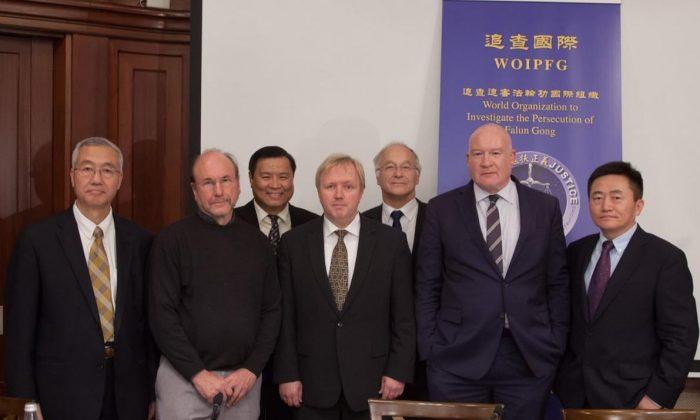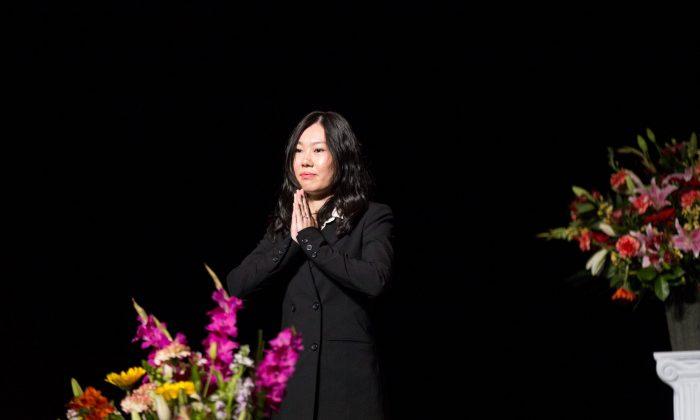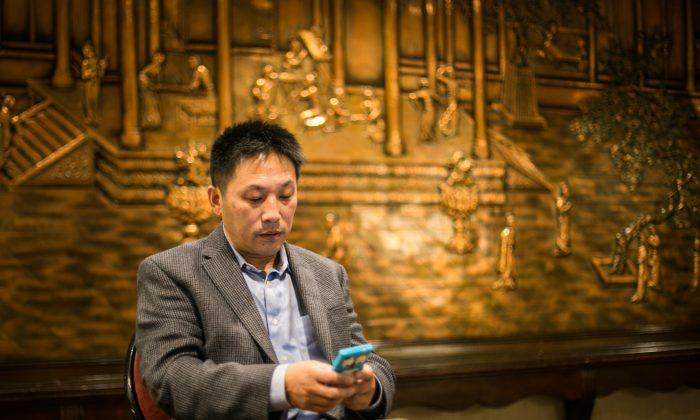The role of chief librarian at a university would hardly seem a post from which to become a multimillionaire—but Xiao Yuan, who was head of the library at the Guangzhou Academy of Fine Arts until 2006, managed to pull it off. To the tune of about $5.4 million.
Xiao stole more than 140 paintings by grandmasters in a gallery under his watch and replaced them with fakes he painted himself, he admitted in court on Tuesday, July 21.
The crimes took place for two years, up until 2006. Xiao would substitute famous works including landscapes and calligraphies in a gallery within the library of the Guangzhou Academy of Fine Arts.
The stolen works mentioned in the court transcript included paintings by influential 20th century artists Qi Baishi, who used watercolors, and Zhang Daqian, who depicted landscapes and lotuses. Zhang himself was considered a master forger.
Xiao told the court in his defense that the practice appeared to be rampant and the handling of such paintings was not secure. For example, he said, he'd noticed fakes already hanging in the gallery on his first day on the job.
Later, after he replaced some of the remaining masters with his own fakes, he was surprised when he noticed his fake paintings were being substituted with even more fakes.
“I realized someone else had replaced my paintings with their own because I could clearly discern that their works were terribly bad,” Xiao, 57, told Guangzhou People’s Intermediate Court, which posted a video of the two-hour hearing on its website.
Xiao said that he didn’t know who had replaced his fakes, but that students and professors could take out paintings in the same way they could borrow library books.
He sold 125 of the paintings at auction between 2004 and 2011 for more than 34 million yuan ($5.4 million), and used the money to buy apartments and other paintings. The 18 others he stole are estimated to be worth more than $10 million, according to prosecutors.
Xiao pleaded guilty to a corruption charge for substituting the 143 paintings, and said that he deeply regretted his crime.
Xiao said he stopped his stealing when the paintings were moved to another gallery. He was the university’s chief librarian until 2010, and his crimes came to light when an employee discovered what had happened and went to the police.
He has not yet been sentenced—but Xiao Yuan is far from the only cultural custodian to find that the usually quiet profession offers an extraordinary opportunity to gain illicit wealth.
In 2004, the chief of relics protection in the city of Chengde, Hebei, was sentenced to death for his involvement in the theft of 152 antiques, 70 of which he had ensconced in his home and another 40 of which he sold off. Four of them were “first grade,” meaning they were among the most important in the country.
The Li Haitao case was the biggest theft of relics—not including the massive destruction of Chinese art during the Cultural Revolution—in China for six decades. Unlike Xiao Yuan, who was only able to practice his craft for a few years, Li was active for about a decade and had about four co-conspirators.
In both cases, experts viewing the items at auction houses in Hong Kong sensed that something was amiss. Despite Xiao Yuan’s remarkable ability to forge art, he had forgotten to remove the seal identifying the pieces as belonging to the Guangzhou Academy of Fine Arts. An expert spotted this and tipped off the authorities there. In the case of Li Haitao, the result was similar: His relics were labeled “Forbidden City.”





Friends Read Free